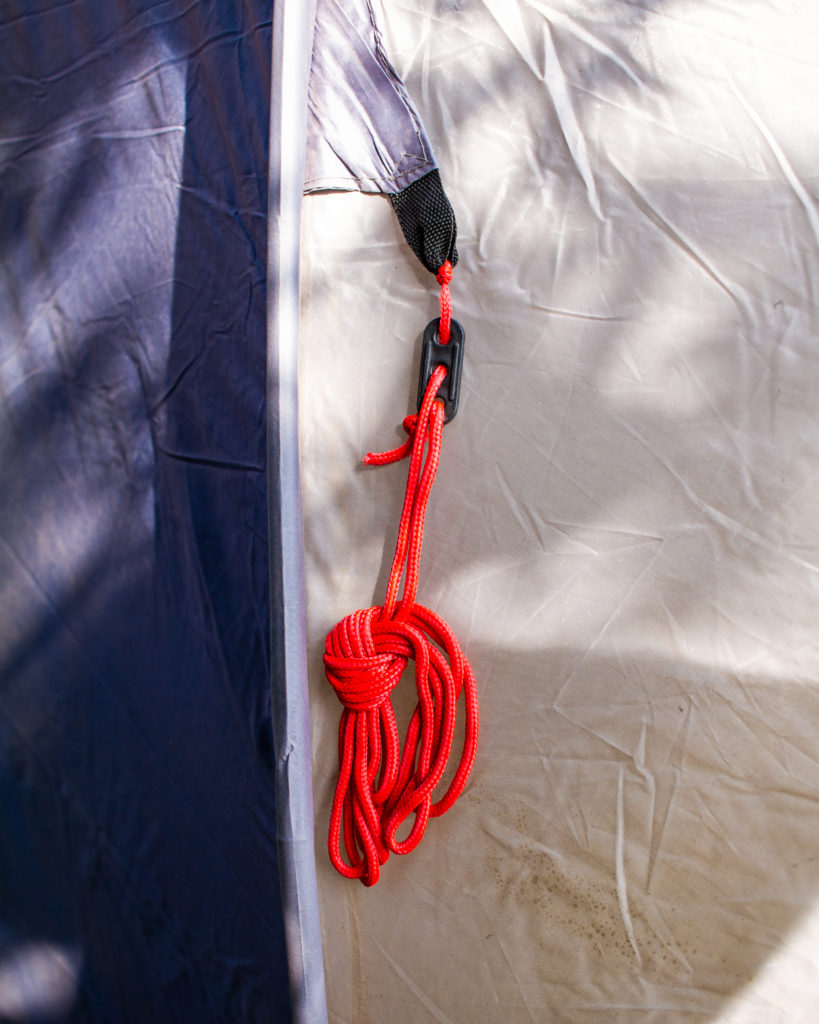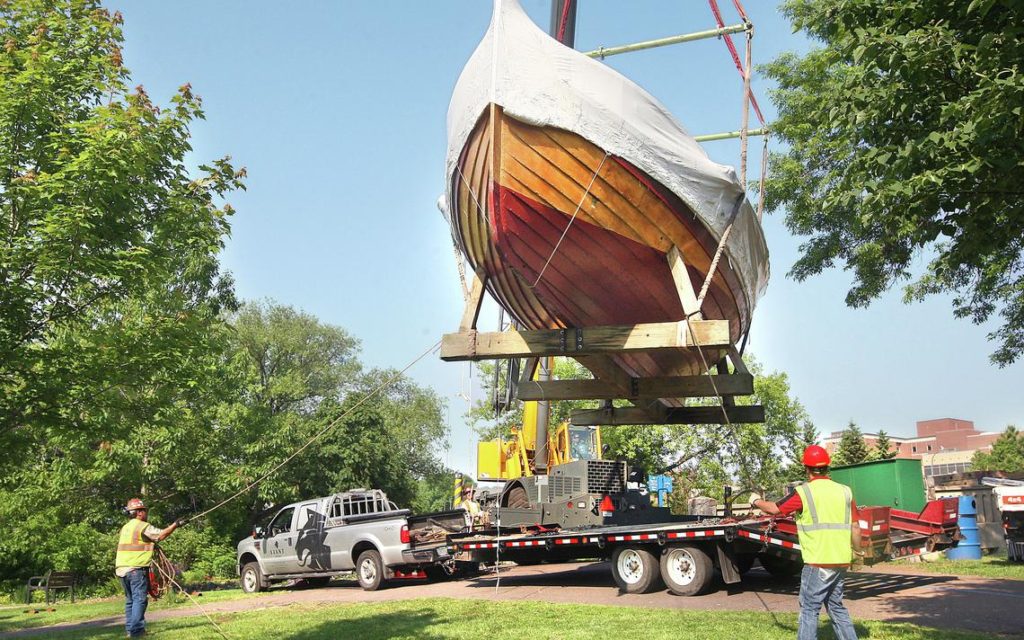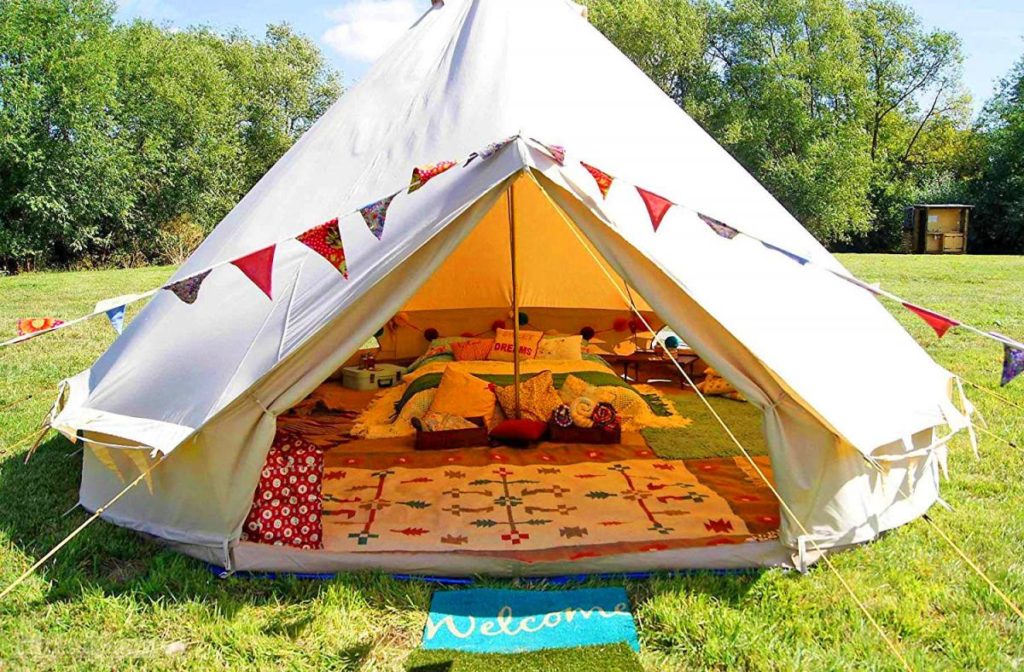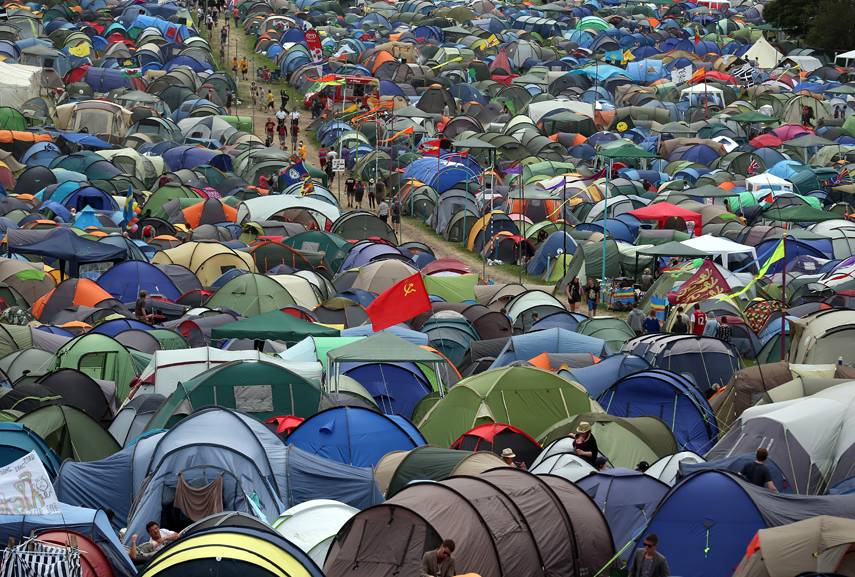You know those little bits of string that come attached to tents?
Brightly coloured lengths of nylon rope that look so neat and tidy on a new tent.
And then you unravel them and can never get them to look that way again.

We’ve all seen them, but who actually knows what they are?
Seriously:
- What are they called?
- What are they really for?
- Do you really need to use them?
Well in this post we’ll answer all of those questions, and more!
Maybe.
We’ll definitely answer the question about the name though.
Maybe.
What are they called?
There are a lot of different terms for these things:
- Guy Rope
- Guide Rope
- Guy Wire
- Guyline
- Guy Line Runner
So… which one is correct?
Well, the correct term is Guy Rope.
However, after an extensive Google search, I couldn’t find much about the history of the term. It’s been in use for a very long time though, and that is the correct name for them.
As for the other terms:
A Guide Rope is attached to a larger object to help move (or guide) it into position.

Note the lack of tents.
Guyline/Guy Line Runner are just made up words that some people use to sound different and cool. I assume.
What do they do?
A Guy Rope is a way to help tether the tent to the ground. In addition to pegging down the base of the tent, the Guy Ropes are there to offer support in high winds.

The Guy Ropes work as anchors, keeping the tent on the floor.
A tent is basically a big plastic bag. So if the wind catches it, the tent will just fly away.
By using Guy Ropes properly, pegging them into the ground as close to the tent as possible, they help stop the tent from flying off in the wind.
Unless there’s a Tornado. Guy Ropes probably won’t offer too much help then.
How to use them
Something that really bugs me is when I see a tent out up with the Guy Ropes stretched out as far as they can go.
That is entirely not how they work!
As I said: the Guy Rope is there to anchor the tent to the floor.
For it to work properly, they need to be stretched tight and close to the tent.
Attaching a Guy Rope to a nearby tree will do nothing except work as a tripwire for your camping neighbours.
Should I use them?
Probably a more important question than
‘How do I use them?’
is just:
‘Should I use them?’.
It’s an important question that no-one seems to ask themselves. People either always use them or never do, with no real thinking about the why.
As this is a website specifically about music festivals, let’s discuss Guy Ropes at music festivals.
Because if there is a place you don’t want to get your Guy Ropes wrong, it’s here.
Now, music festival campsites are unregulated wastelands.
You turn up and pitch your tent absolutely wherever you want.
Then, as more people turn up, they pitch up essentially wherever they CAN.

What started out as a very open field, with plenty of space between you and neighbouring tents, suddenly descends into a cramped hell, more akin to an apocalypse movie.
My point is that as the campsites become filled with tents, the pathways between them become manmade by people taking whichever route is shortest.
So, with this system and a bunch of drunk people trying to get from A to B, the LAST thing you want is a bunch of literal trip hazards everywhere.
Walking from your campsite to the pathway can feel like trying to avoid hidden traps in an Indiana Jones movie, or a secret agent trying to not trip a laser beam.

It’s a genuine miracle that no-one (as far as I know) has been seriously injured from tripping over a Guy Rope and impaling themselves on a tent peg.
But that doesn’t mean it can’t happen.
When setting up your tent, please use the Guy Ropes only when necessary, and place them as close to your tent as possible to minimise the trip hazard.
Wrap up
They’re called Guy Ropes, not Guide Ropes or Guylines.
When setting them up: make them taught and pegged as close to the tent as possible.
Don’t attach them to trees, fences or other tents. It won’t help and will only make the campsite more hazardous.


